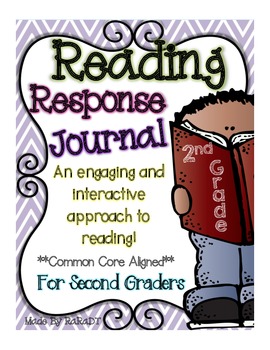Interactive Reading Response Journal {Second Grade}
- PDF
What educators are saying
Description
I love using graphic organizers with my kiddos to teach reading strategies! I always run into the same problem.... deciding what to do with their sheets after my students are finished. Many times even when they are supposed to go to designated places, they end up piled up into the back of their desks. This Interactive Reading Response Journal solves those messy folders and desks! Each page is sized perfectly to fit into a marble composition notebook. All you need is a glue stick and scissors!
Included you will find...
Journal Directions & Photos
Journal Covers
Reading Contract
Book Bonanza Directions
Book Bonanza Interest Page
Book Bonanza Reflection Page
Why Do Readers Read? Page
What Do Readers Read? Page
I'm the Kind of Reader Who...Page
Books I Like Page
Reading Faves Page
Reading Goals Page
What a Good Reader Looks Like Page
Book Shopping List (2 Versions-Color & BW)
Reading Log
Retelling Pages
Asking Questions Pages
Predicting Pages
Summarizing Pages
Story Elements Pages
Making Connections
Nonfiction Text Features (Each feature gets its own page)
Analyzing Photographs Pages
And MUCH MORE!
**All of the pages are set to print to the size of a marble composition book.
I hope you and your kiddos love this as much as I do!





